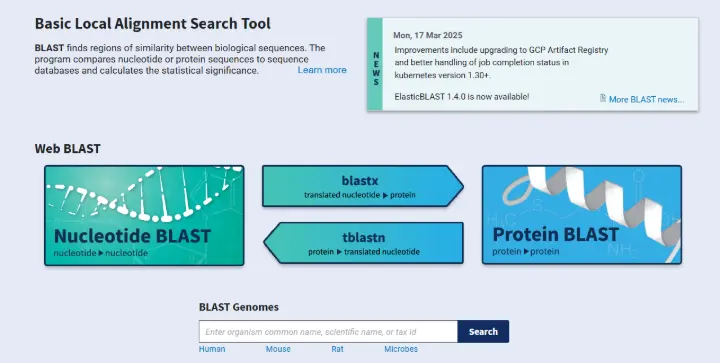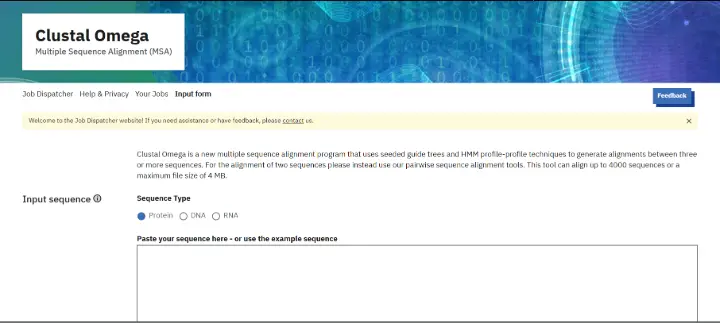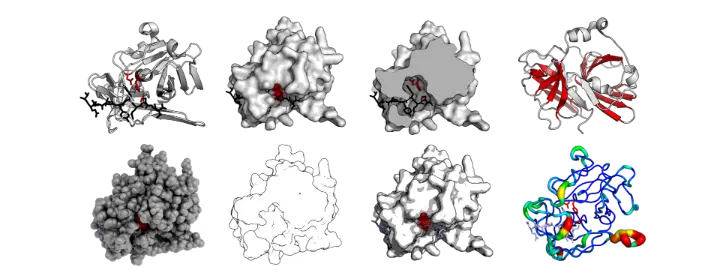Welcome to our Scientific Research Blog, a dynamic and insightful platform dedicated to the latest innovations at the crossroads of bioinformatics, biotechnology, and neurogenomics.
Our mission is to empower researchers, students, and professionals with high-quality information and practical resources that drive discovery and innovation.
🌟 What You’ll Find on Our Blog
- 🧬 Cutting-Edge Research Findings
Stay updated with breakthroughs in the neurogenomics of vocal learning, songbird brain function, and the genetic basis of behavior. Our posts highlight how cDNA clone data advances understanding of neural circuits and gene regulation.
- 💻 Bioinformatics Tutorials & Protocols
Step-by-step guides for cDNA data analysis, transcriptome assembly, sequence alignment, and functional annotation using state-of-the-art bioinformatics tools.
- 🔬 Biotechnological Techniques
In-depth articles on RNA manipulation, CRISPR gene editing, molecular cloning, and vector design — all illustrated with examples from songbird and model organism research.
- 📊 Case Studies
Real-world applications of our cDNA clone sequences, showing how our dataset supports functional genomics, comparative studies, and biotechnological innovations.
How Bioinformatics Unlocks the Secrets of Songbird Neurogenomics
Introduction
Vocal learning, the ability to modify vocal output based on experience, is a rare and complex trait found in humans, songbirds, and a few other species. But what makes this ability possible at the molecular level? Thanks to advances in bioinformatics and large-scale cDNA clone sequencing, researchers can now explore the genetic architecture underlying this fascinating behavior.
The Power of cDNA Clones in Neurogenomics
Our cDNA clone database of the zebra finch brain provides high-quality, full-length sequences linked to behaviorally relevant genes. These clones help identify genes that are differentially expressed in song-control brain regions during singing and learning phases.
Bioinformatics Tools in Action
Using tools like BLAST, Clustal Omega, and custom transcriptome pipelines, scientists can:
✅ Identify conserved genes involved in vocal learning across species
✅ Predict functional domains of novel transcripts
✅ Explore alternative splicing events associated with vocal plasticity
Impact on Broader Science
Insights gained from songbird neurogenomics provide models for understanding human speech and language disorders. By mapping homologous genes between birds and mammals, we can better grasp the evolution and function of speech-related circuits.
A Beginner’s Guide to Analyzing cDNA Data — Tools and Tips for Bioinformatics Researchers
Introduction
Working with cDNA clone data offers an incredible window into gene expression and transcript diversity. For newcomers to bioinformatics or biotechnology, analyzing these data can feel overwhelming. This guide outlines essential tools and best practices for handling cDNA sequence data from songbird or other model organisms.
1️⃣ Sequence Quality Assessment
Before diving into analyses, always check your raw reads! Tools like:
- FastQC → for quick quality summaries
- Trimmomatic → for trimming low-quality ends
2️⃣ Sequence Alignment and Annotation
Align cDNA sequences against reference genomes using:
- BLAST (NCBI or locally hosted)
- HISAT2 or STAR for mapping transcript reads
Then annotate using databases such as:
- Ensembl
- UniProt
- Gene Ontology
3️⃣ Identifying Gene Families and Alternative Splicing
Use clustering algorithms and tools like Cufflinks or StringTie to group isoforms and detect splice variants.
4️⃣ Visualizing Your Results
Leverage genome browsers (e.g., IGV) and tools like PyMOL or Chimera to link sequence data to protein structure when relevant.
Explore Essential Scientific Resources to Deepen Your Research
To support your journey into ligand-receptor interactions and molecular modeling tools, we’ve curated a selection of high-quality, open-access scientific articles. These resources will enrich your understanding and provide detailed insights into key concepts discussed in our blog.
-
Ligand-Receptor Interactions in Drug Design
Discover how molecular interactions between ligands and receptors drive innovative drug development. Read the full article here. -
PDB: The Essential Database of 3D Protein Structures
Dive into the world of three-dimensional biological structures with this foundational resource for every bioinformatician. Access the complete article. -
BLAST: The Key Tool for Sequence Alignment and Homology Search
Master fast and accurate sequence similarity searches with this comprehensive BLAST tutorial. Check out the article here. -
SWISS-MODEL: Simplified Homology Modeling
Learn how to build 3D protein models based on known homologous structures with this automated platform. Discover the full paper. -
I-TASSER: When Ab Initio Modeling Comes Into Play
Explore this advanced method for predicting structures of proteins that lack close homologs. Find out more. -
PyMOL: Visualize Your Molecules in 3D with Precision
Explore this indispensable tool for visualizing and preparing protein structures in three dimensions. Read the detailed article. -
Discovery Studio: The Complete Suite for Molecular Design
Learn how this professional software optimizes modeling, docking, and molecular simulations. Access the comprehensive study. -
Molecular Docking: A Comprehensive State-of-the-Art Review
Understand the principles and recent advances in molecular docking within pharmaceutical research. Read the full review. -
AutoDock Vina: Speed and Accuracy for Your Simulations
A widely used tool for fast and reliable docking simulations. Explore the complete guide. -
Neural Mechanisms of Vocal Learning: Understanding the Genetic Basis of Birdsong
Delve into the neural and genetic foundations of vocal learning, a valuable model for neuroscience research. Read the article here.


